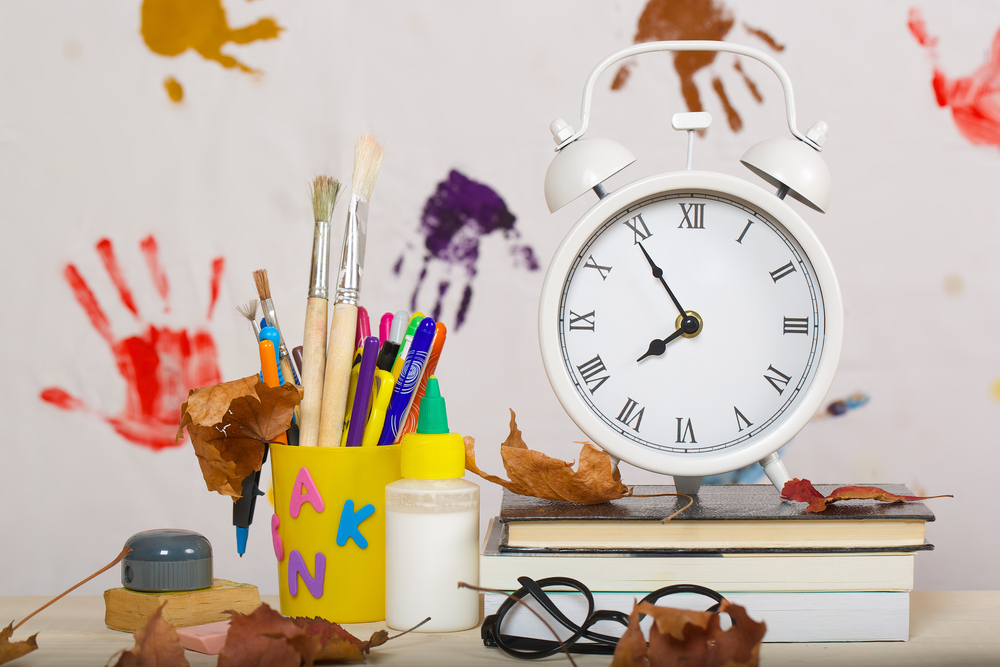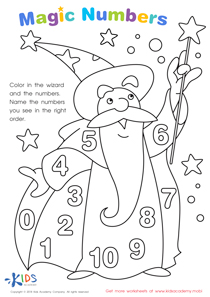Fine Motor Skills Extra Challenge ABC Order Worksheets for Ages 4-7
7 filtered results
-
From - To
In our "Fine Motor Skills Extra Challenge ABC Order Worksheets for Ages 4-7," children will strengthen their fine motor skills while mastering ABC order. These thoughtfully designed worksheets provide engaging activities that help young learners enhance their handwriting precision, pencil grip, and overall control. Suitable for emerging and early readers, these exercises incorporate fun puzzles, coloring tasks, and tracing challenges to keep kids motivated and engaged. Ideal for preschool and early elementary school students, these worksheets offer a dual benefit of learning the alphabet order and refining fine motor skills, setting a solid foundation for academic success.
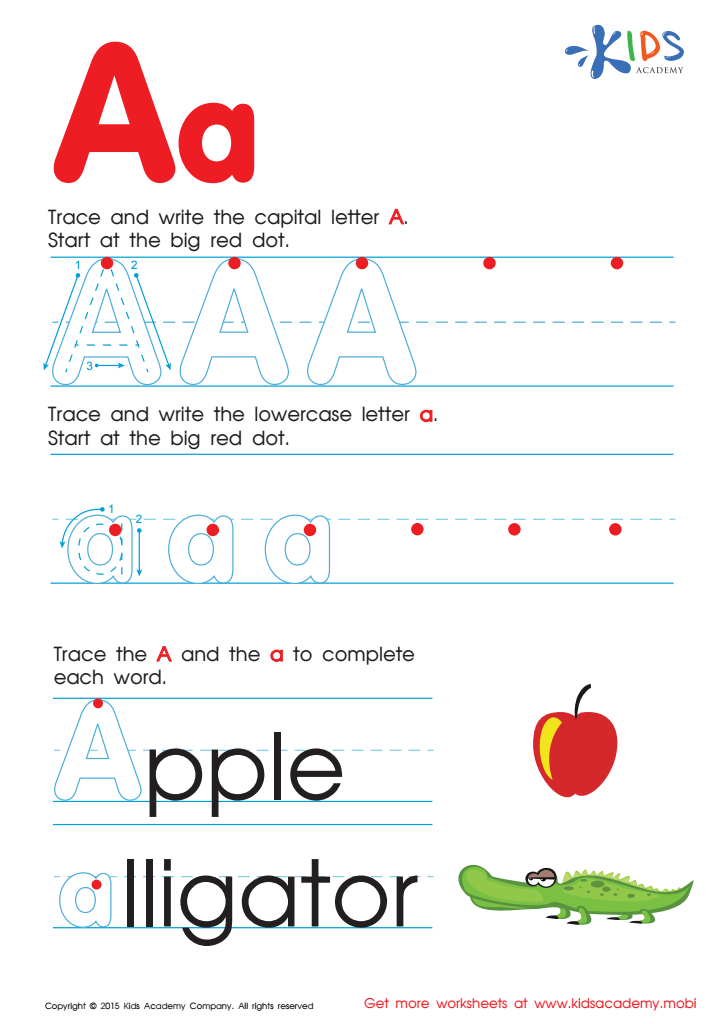

Letter A Tracing Page
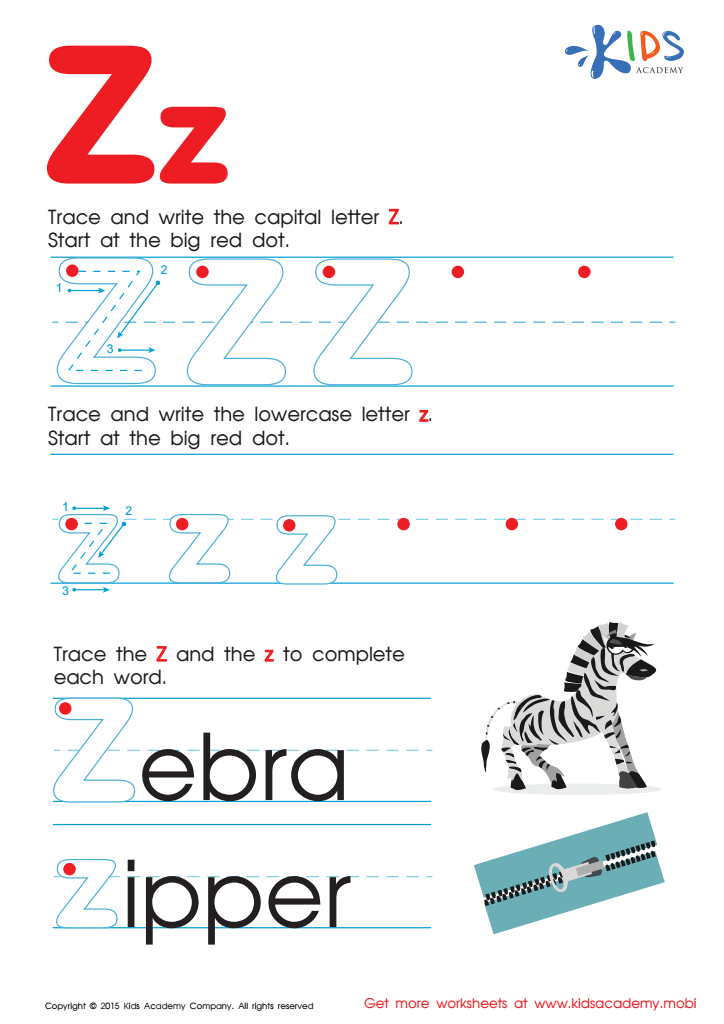

Letter Z Tracing Page
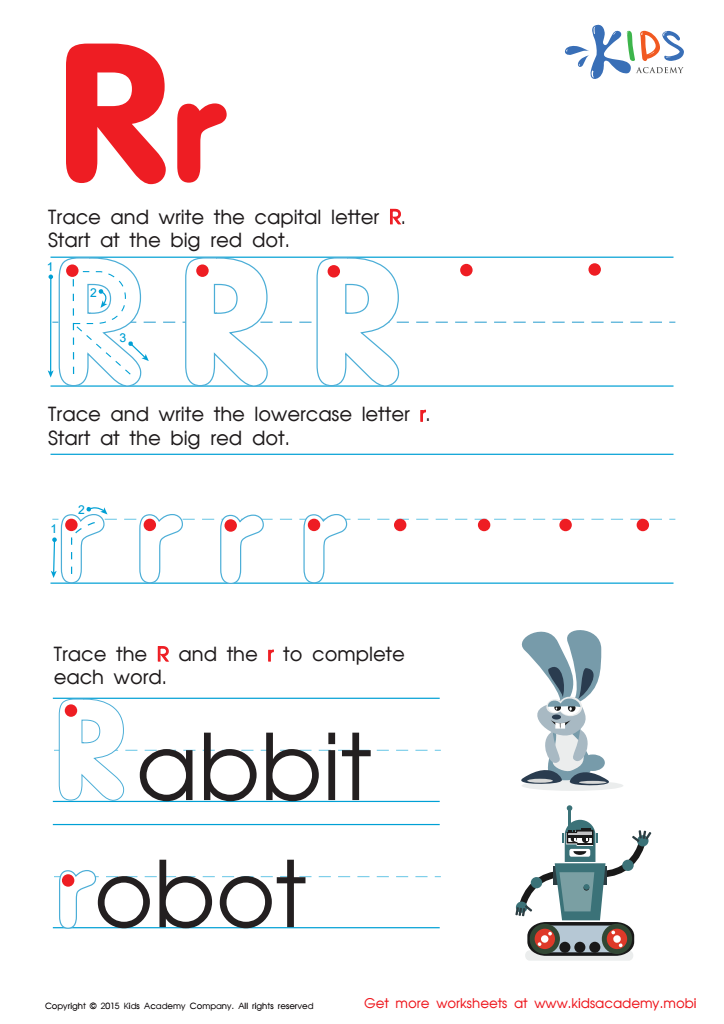

Letter R Tracing Page
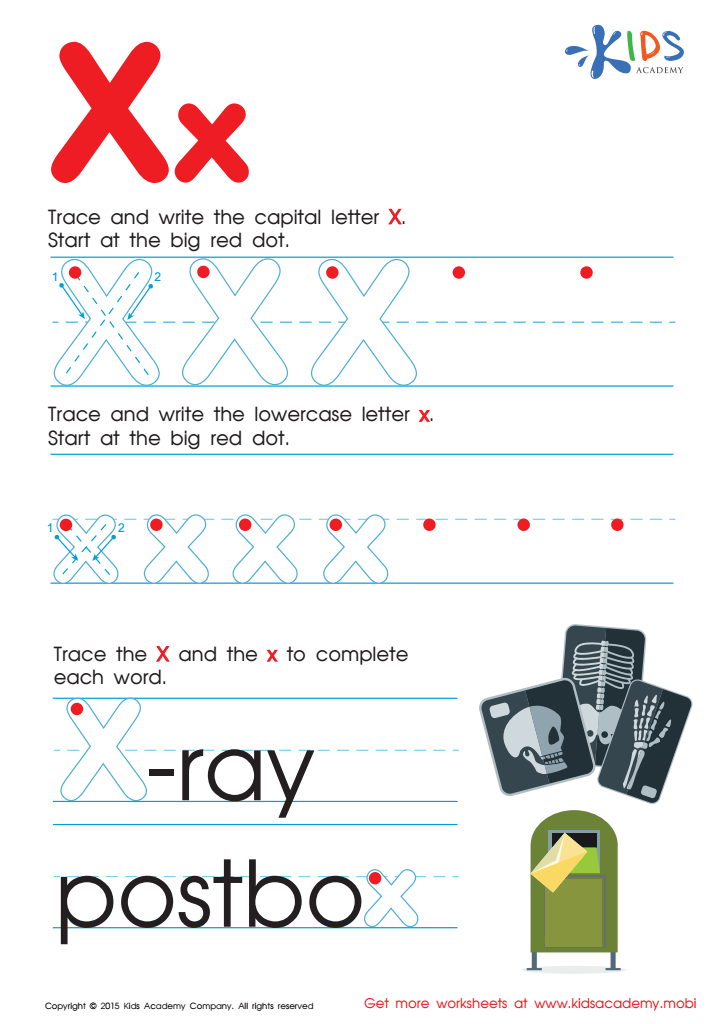

Letter X Tracing Page


Letter U Tracing Page
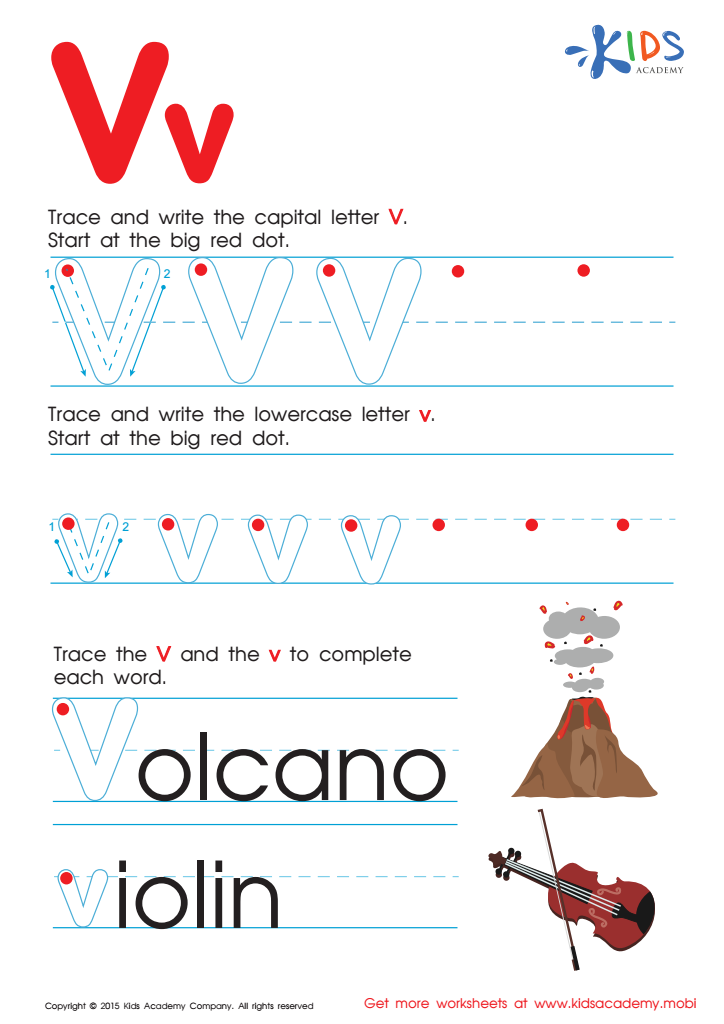

Letter V Tracing Page
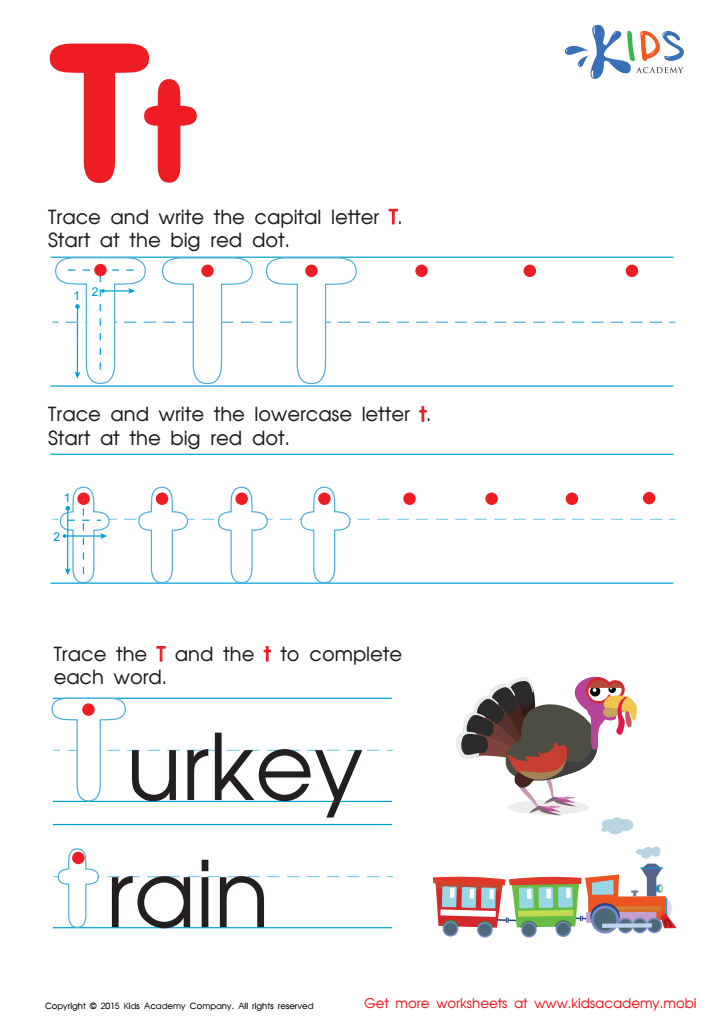

Letter T Tracing Page
Fine motor skills are crucial in early childhood development, as they involve the coordination of small muscles, primarily in the hands and fingers, to perform complex tasks. The Fine Motor Skills Extra Challenge ABC Order activity for ages 4-7 is particularly beneficial for young children.
First, it enhances their fine motor skills, which are vital for everyday tasks such as buttoning clothes, using utensils, and eventually, writing. These skills not only boost independence but also build self-confidence in young learners.
Second, this activity promotes cognitive development by teaching alphabet knowledge and letter sequencing. Mastering ABC order lays the foundation for reading and writing, as it helps children recognize patterns and understand how words are structured.
Moreover, engaging children in such activities fosters patience, perseverance, and attention to detail, important traits for academic success. The hands-on nature of the challenge makes learning interactive and enjoyable, encouraging children to be curious and proactive learners.
For parents and teachers, it provides valuable insight into a child’s developmental progress, allowing early intervention if needed. Investing time in these exercises ensures children build the essential skills for their educational journey and daily life. Therefore, incorporating fine motor skills challenges with an academic twist is a win-win for foundational development and early literacy.
 Assign to My Students
Assign to My Students





